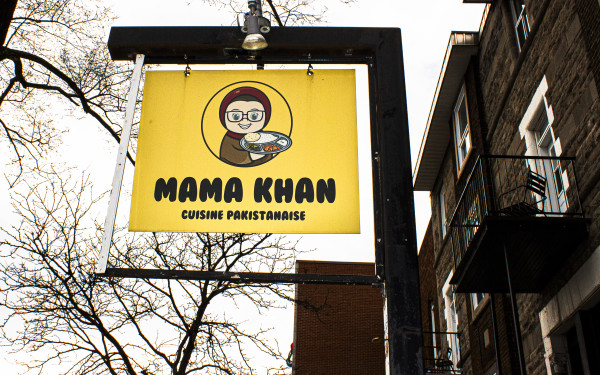Food for Thought About Chartwells
One Student’s Dream of Better Eating
The thing that no student plans for when they move to a new city is what to do when most of the food available to you is entirely unhealthy, incredibly expensive and for some, inedible. Living on campus during your first year can be great for many reasons, but part of living in residence means signing a mandatory contract with Chartwells, the food service provider for Concordia.
The cheapest plan offered by Chartwells costs close to $4,000 for the nine months that students stay in residence, and at the end of the day the plan does not cover the needs of many. The plan only gives each student ten meals per week, meaning that on some days they can’t even eat in the cafeteria. The flip side of this is that if the allotted meals are not used up at the end of the week, they don’t roll over to the next week, and the money you paid is wasted.
While flex dollars—the money students can use to purchase food at various spots around campus—help to supplement the ten meals, the food offered in the other on-campus dining spots is far from healthy.
Living on campus means not having easy access to a kitchen, which in turn means that students with dietary restrictions are forced to spend even more money supplementing the already expensive meal plan that doesn’t factor in their needs.
Students with allergies or intolerances are told that they will be accommodated by the cafeteria, but Chartwells ultimately does not uphold their side of the deal—students with major allergies have to get their food elsewhere or make it themselves, all the while being forced to pay thousands of dollars for food they are unable to eat.
The lack of accessible kitchens makes it unrealistic for a new student to make all of their own meals while still living in residence. The only easy way to get out of the contract with Chartwells is to move out of residence altogether, which is not something a student should have to resort to in order to have access to healthy meals.
The contract with Chartwells expires in 2015, and whatever replaces it needs to be better at catering to the needs of students. The most ideal alternative to Chartwells would be a cafeteria where students are in charge, or at least where their voice plays a significant role. The perfect food service at Concordia would be one that uses more of the fresh produce we have available to us in Montreal, a city with numerous markets and city farms.
The plans offered through a student-run cafeteria might very well cost the same as a plan with Chartwells, but students would likely be happy to pay for quality, possibly organic or local products. Perhaps a partnership with the greenhouse could be developed so students could have tea or veggie options made from ingredients grown right above their classes. The most important thing any cafeteria should be emphasizing is the freshness of their products, something that Chartwells seems to overlook.
Concordia needs a cafeteria that works with its students to understand what they need. We need a place to eat that cares more about the people it’s serving than the money they it’s raking in. A place where students don’t feel cheated when they spend $4,000 on two semesters’ worth of food. A place for students to eat that respects the dietary restrictions of a wide range of people—something that is not unheard of on university campuses across the country.
The University of Waterloo manages to make custom meals for individuals with allergies, and has mandatory training in cross-contamination for staff, while universities like Mount Allison publish the ingredients to the cafeteria meals so students can be aware of what they’re consuming.
It’s not impossible to make Concordia’s food situation better. Perhaps a fresh start is all we need.

.WEB_771_612_90.jpg)
_600_832_s.png)



_600_375_90_s_c1.jpg)
.ed2.WEB_600_375_90_s_c1.jpg)